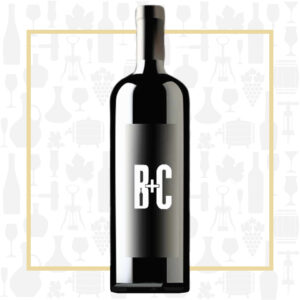Cellar Profile
Konstantin Frank arrived in New York from Ukraine in 1951. A PhD holder in viticulture and doctor of plant sciences, Frank was the first to experiment with vitis vinifera in the state, where plantings had been confined to vitis labrusca and Concord varieties. Situated at the heart of the Finger Lakes region, on the southwestern hills surrounding Keuka Lake, the winery has a collection of old vine plantings that few others in North America can rival. The work is done in the vineyard, with a very deft touch by the winery, focusing on food-worthy, lively wines of elegance and depth, wines that keep the palate fresh, inviting another sip. Grapes are sourced primarily from the original estate Keuka Lake vineyards, where shale soils provide minerality and acidity, but also from Seneca Lake vineyards, which are warmer, imparting more weight and upfront fruit.
Region
The Finger Lakes region of New York State is an exciting, emerging area for cool climate wines of freshness and elegance. Despite its relative anonymity, it is a region that has been around for some time. Less than a 5 hour drive from both Toronto and New York City, this bucolic area is now home to over 160 wineries. Grapes here range from the obscure (Rkatsiteli) to the familiar (Riesling) and plenty in between. Regardless of the variety, the wines all exhibit Old World freshness, bright flavours and elegant structures that are perfect accompaniments to a wide variety of foods and festivities. The sparklers from New York are garnering critical acclaim and offer a glimpse of what this cool-climate region can offer.
Vineyard
The Keuka Lake Estate Vineyards are planted in mineral-rich slate. The protective bubble of Keuka Lake moderates temperatures, particularly in the cool evenings. Starting close to sea level, the vines are densely planted (for added stress) on a gentle climbing slope.
Varieties
Native to Georgia, there are traces of plantings of this grape that date back over 3000 years. A white grape that gives high yields, elevated alcohol levels and intensely high levels of acidity, it is best suited to crafting sweeter or fortified wines. While Georgia is still the place where it is most prevalent (particularly Kakheti), there are plantings throughout Eastern Europe. It has also begun to find favour in the New World, as it is relatively hardy and has long hang times on the vine. Amber and orange examples are becoming increasingly popular.
Winemaking
The hand-harvested grapes were whole-cluster soaked for 5 days, followed by an 11 day ferment on the skins. All was done in amphora, which allows for oxygenation without imparting flavour. The oval shape of these vessels allows for constant movement of the lees, imparting more complexity. After a year in these amphora, the wine was bottled unfined and unfiltered.
Tasting Notes
Intoxicating and wild on the nose, with crushed violets intermingling with stone fruit, white pepper and pear. The palate has a “sweet n’ sour” element, with tart apple and citrus notes, as well as peach and nectarine. There is plenty of acidity, but the richness of the wines stops that acid from being overwhelming. Amber-gold in colour, this is one of the most interesting wines coming from New York State.

 info@buyersandcellars.ca
www.buyersandcellars.ca
info@buyersandcellars.ca
www.buyersandcellars.ca